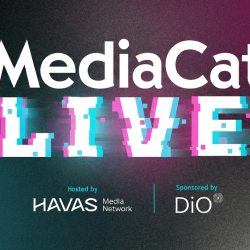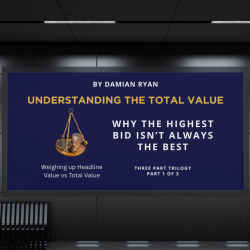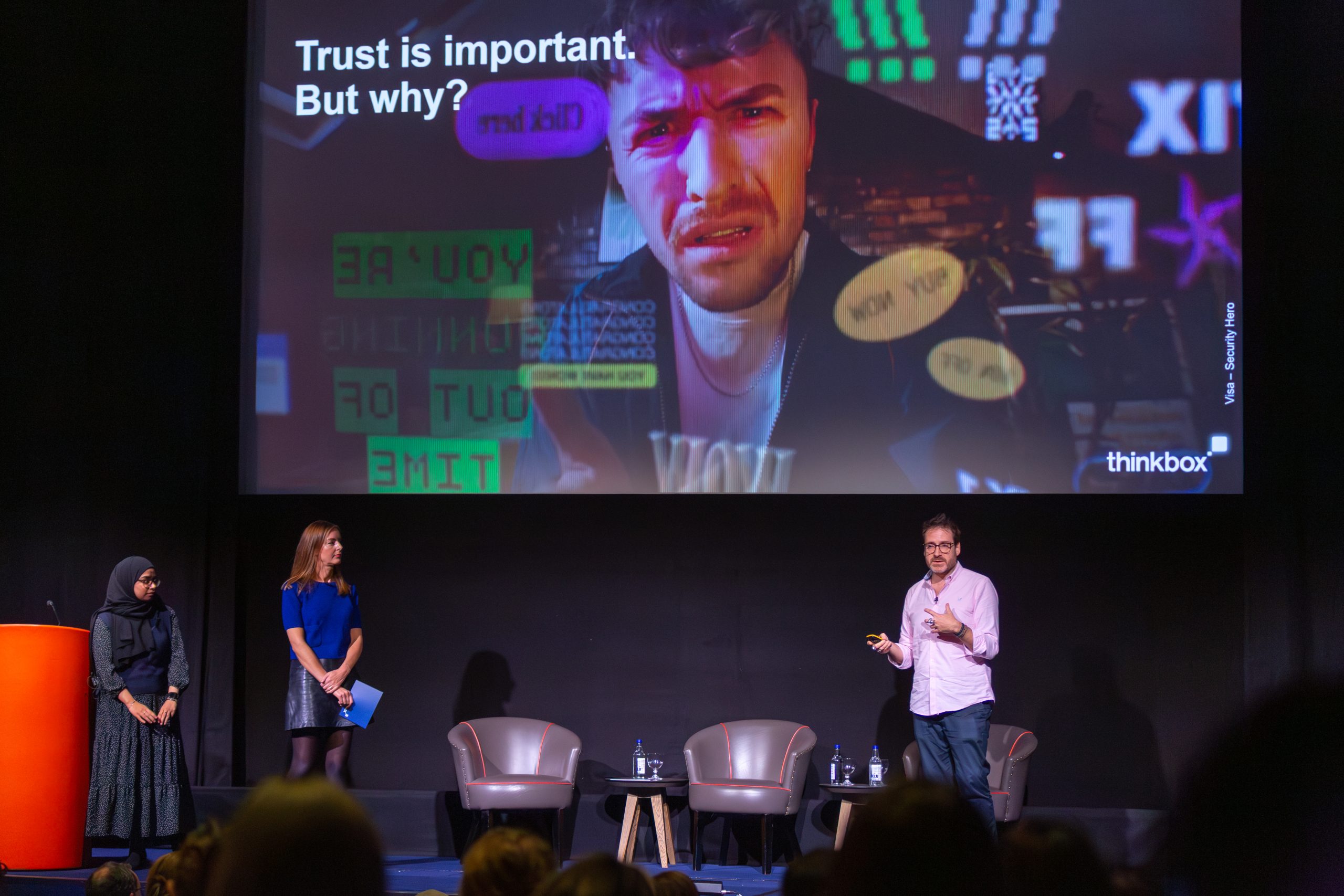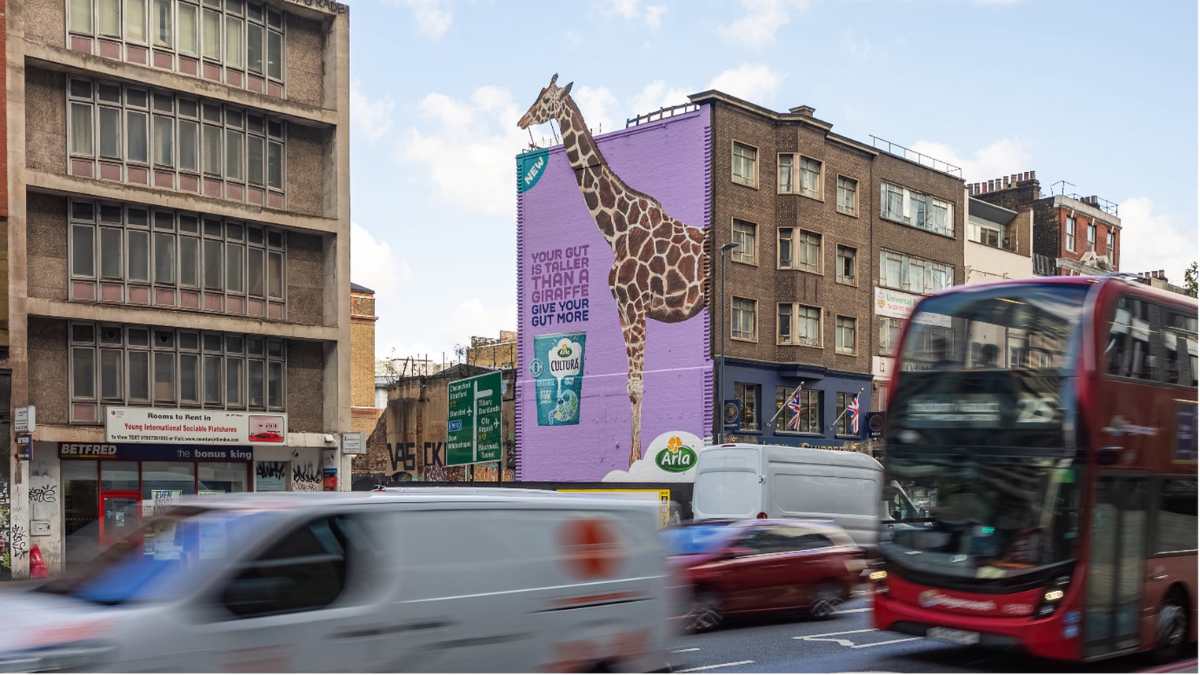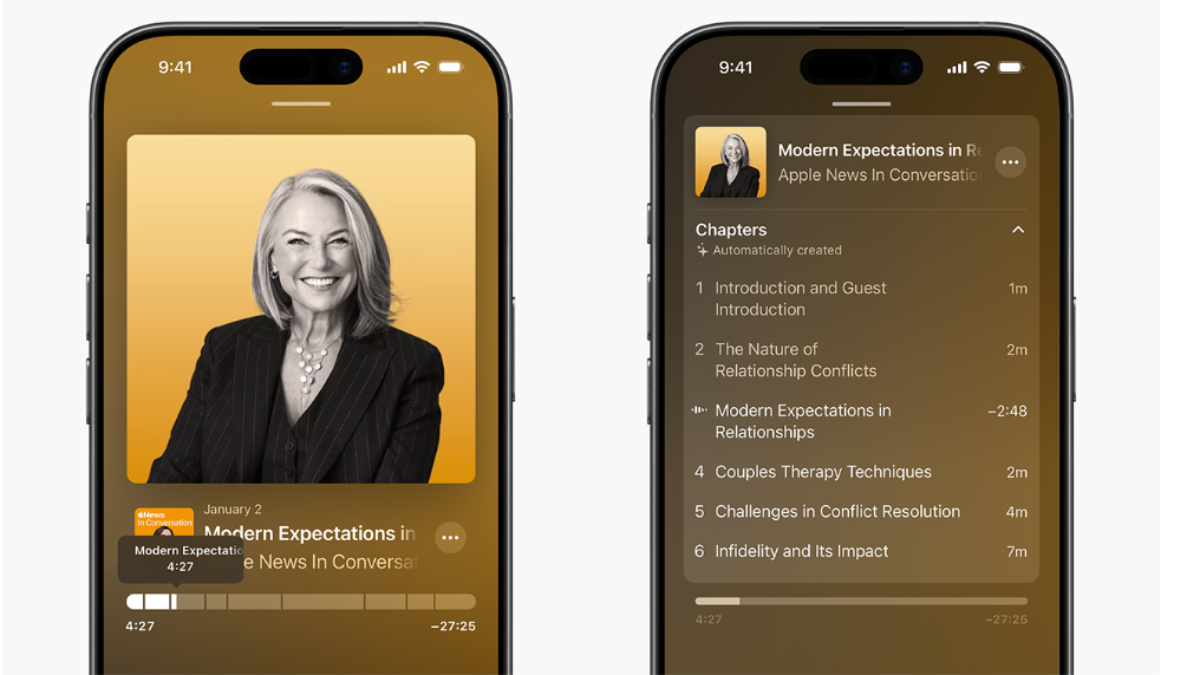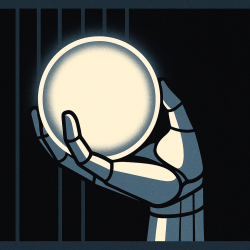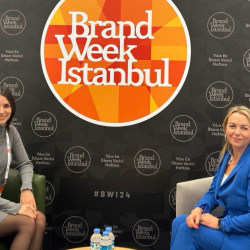On 3 June, EY joined the list of consulting firms that offer specialised services to CMOs with the launch of EY Studio+.
MediaCat met up with EY Studio+ global managing partner Laurence Buchanan in Cannes to talk about the launch, the challenges CMOs face and what agentic AI tools offer marketers.
Let’s start with the elevator pitch for EY Studio+.
EY Studio+ is the part of EY’s business that drives customer-centred transformation and growth for our clients. We always start with the customer. Whether the customer is a consumer, a citizen, a patient, a B2B client doesn’t matter to us. We try and understand the wants and needs of those customers. Then we redesign [the] end-to-end customer experience, products and services and start to work backwards from there. We transform marketing, sales, customer service, and then go even further with the rest of EY behind us. We transform the supply chain or the culture, the people, the ways of working. It’s the part of our business that drives growth for our clients.
You launched EY Studio+ about two weeks ago. Why did you pick this moment? What gaps did you see in the market that made you feel like this was a good fit as a product?
The launch was built upon 10 years of investment and growth in this space. We’ve been building our own skills, but we’ve also made about 37 different acquisitions over the last eight years that we’ve brought together as EY Studio+. When I talk to the people in the C-suite that are responsible for growth and customer centricity they are saying they’ve never seen a tougher set of circumstances in the market. They’ve got relatively low-growth economic conditions in the markets they’re operating in, so it’s hard to find growth. They’re facing constant change and turmoil — hot wars, cold wars, tariff wars. Customer expectations are constantly rising. And then of course you’ve got AI — which everyone is talking about in Cannes — which is completely reshaping customer interaction channels, marketing, sales, service, products. If you put all of those together, I think it’s a really challenging time right now to be a leader in the C-suite responsible to drive growth. Our aim is to try and help them navigate that through the lens of the customer.
You rolled out an agentic AI platform recently as well. How are you integrating that into the offerings of EY Studio+?
We’ve built something called EY.ai. We’ve spent about $1.4 billion in our own AI platforms built on top of OpenAI, where we are training our AI with our own IP and data. In addition to that we work with our alliance partners — Microsoft, Adobe [and] ServiceNow. We’re trying to embed their solutions or products into our solutions as we go to market, so it’s almost a dual play. It’s our own platform that’s powering our service delivery, but everything we do is powered by the products of our alliances.
What benefits do you think the agentic AI revolution will offer to marketers?
If you think about that really challenging context of the market, the CMO is under real pressure right now. We’ve had requests from chief marketing officers who’ve been told they need to cut marketing spend by anything from 20% to 40%. That’s a huge amount to take out. In that environment they’re after solutions that allow them to do more with less. For me, the promise of AI is that it’s the big unlock. AI to me is the technology that can allow you to strip out costs from something like the content supply chain, for example. We’re seeing cost savings of between 30% and 50% for people who are embedding solutions like Adobe’s content supply chain solution. At the same time, it’s allowing organisations to produce more, better, personalised content at a much faster pace to drive better customer engagement. To me, it’s a classic ‘more with less’ argument.
Are you thinking of integrating or developing any tools that help with campaign creation like media buying or media planning?
No, we would always work with our alliance partners like Adobe, using their tools embedded inside our solutions to the CMO.
Do you think the EY name gives you an advantage over other agencies and consultancies when it comes to targeting CMOs?
It does give us some unique advantages. EY’s brand is incredibly well-trusted. The way I think about it is for the last 20 years the CMO has been told they need to speak two languages — the language of creativity and technology — because of the digital revolution of the last 20 years. Today that’s not enough. The CMO almost needs to become multilingual now because suddenly the CMO is being forced to speak finance, supply chain, sustainability, risk and compliance. You can’t drive true customer-centred growth and experience without those things. You can’t set foot in the world of the customer without considering regulatory compliance. You can’t justify your position to the CFO unless you’re well-versed in talking about how we can take out marketing costs and drive efficiency, bring down the cost of customer acquisition, but also increase customer lifetime value.
You work with a lot of clients to transform their marketing departments and services. What do you find that often needs development?
It varies a huge amount between clients, geographies and sectors. I think [there are] two things I’d call out. One is, we are seeing the elevation of the CMO role. It’s a long transition from the CMO being responsible for brand and campaign execution to now the CMO being the figure on the C-suite [who is] leading a customer-centred transformation and trying to orchestrate all the different parts of the organisation all the way down to the supply chain, to people, to culture, against that customer-centred transformation. It’s a huge shift from most CMO roles and a real elevation in the C-suite.
The second is — I’ve talked about the pressure I think the CMO is under right now. I think in this environment of relatively low growth for most organisations in most mature markets, the CMO has a dual challenge — take up cost and drive efficiency — but ultimately, marketing is the lever in the organisation that needs to drive customer acquisition, customer attention and customer growth. If you can pull those levers you really benefit from the economics of customer loyalty. You tend to find that customer experience leaders have a completely unfair advantage at every single stage of the customer life cycle. It costs them less to acquire new customers. They remain customers for longer. They buy more products and services. They complain less. So almost every lever in customer lifetime value, a customer experience leader wins. That to me is the argument that the CMO needs to transition into that more holistic orchestration.
You talked about how marketing departments need different things in different industries and geographies. What types of industries or geographies are ready for the agentic AI tools?
Firstly, I think agentic AI impacts every single company in every single sector. I don’t think it will discriminate. It’s that big a change. Clearly, there are more short-term productivity gains for organisations with, for example, high transaction volumes, lots of repetition, high transaction costs. You see it in areas like big call centres — level one customer support is an obvious area to be deploying agents to strip out the cost of customer service but deliver better outcomes.
But if I flip your question the other way round — we’re working with a lot of clients in regulated sectors, like healthcare or financial services. What they’re finding is [that] we’re not yet ready to relinquish full control to an AI. Something like diagnosing a health condition, for example. Of course, the AI can and should be helping as a co-pilot, but I think most people still take comfort in a human being there and having the final say. Despite the hype and the excitement around AI there are still so many bumps in the road — AI hallucination, regulation that’s not yet caught up with the speed of technology, ethical questions that we haven’t even started to explore quite yet. So if I flip it the other way around I’d say that there are some sectors that probably want to use AI more aggressively, but I don’t think the regulatory environment or the customer acceptance is quite there yet.
How will [the agentic AI transformation] impact the marketing channel mix? What do you advise the CMOs about where to prioritise their channel investments and which traditional approaches they should abandon?
On one hand AI provides this incredibly powerful toolset and it’s going to make an average copywriter, coder or photographer into a very good one overnight. That is, a rising tide that lifts all ships. Every organisation, every marketing function is going to have access to incredibly powerful tools. But to me, what that does is it raises the customer’s expectation even higher and makes it even harder to differentiate and distinguish. I’ve likened that to if I gave every chef in the world a microwave oven, suddenly every chef in the world can cook food much faster, but over time that food is bland [and] undifferentiated. So, the best chefs look for new flavour combinations, understand what their customers value. They explore experiential dining. They use local fresh ingredients. In other words, they inject creativity and innovation into the process. They use the tool for what it’s brilliant at. They take the benefits, but they don’t relinquish control of the creativity that you need to try and drive new experiences.
If I take your question a stage further — what’s the impact of AI on customer interaction channels? I think everyone at Cannes is only thinking about the impact of AI on the company. We’re all talking about the impact of AI on the marketer, the customer service function or the salesperson. The very same tools will be used by customers. Customers will deploy AI agents to interact with organisations that they don’t want to deal with themselves. As a consumer, maybe I will deploy an AI agent to deal with my telco, my energy provider, my financial services company. I don’t necessarily want to be renewing my portfolio of insurance products. I might just want an AI to do that on my behalf. That’s a major change in the customer interaction mix where we might have to design interactions that are machine to machine.
I think the second big change is that AI will be embedded across every interaction channel. At the moment some people are thinking of it as an intelligent chatbot. Sure, that’s a new channel, but AI is also going to make the voice conversation smarter, the person-to-person conversation smarter, because we can do things like live, speech-to-text transcription and use the best practices that the AI is spotting to prompt and drive the behaviour. I think there are huge changes coming in the customer interaction layer and that doesn’t even begin to think about what new devices might be created in the future. Look at OpenAI’s acquisition of Jony Ive’s company: It’s all about building a new generation of devices that we don’t know what they are yet. To me it’s an incredibly exciting, interesting time because this space is going to change so much.
Are the CMOs or CEOs that you talk to anxious about this ambiguous future, or are they just as excited as you to be a part of this transformation?
I see a mix of anxiety and excitement, and I think it’s okay to have both at the same time. What we’re seeing is the introduction of incredibly powerful technology that will unfortunately be used for both good and bad. There’s no two ways around it. AI will create both unbelievable opportunities, but also threats and crises. We’re only just beginning to see that. At the moment everyone is thinking of AI as a superintelligent chatbot, but AI is also going to be a foundational technology that will accelerate progress in so many different fields — from medical discovery to material sciences. AI is going to supercharge those parts of the world, and we haven’t even begun to see that progress yet. But I think it’s absolutely right to be exploring this with an open, balanced mind, trying to identify and understand the opportunities, but trying to mitigate and prevent the threats. Unfortunately, if there’s one thing that’s true about the world right now it’s a state of constant change and the speed of that change is getting faster and faster. So curiosity and agility become two of the most important strengths that you have.
Featured image: Matteo Vistocco / Unsplash




